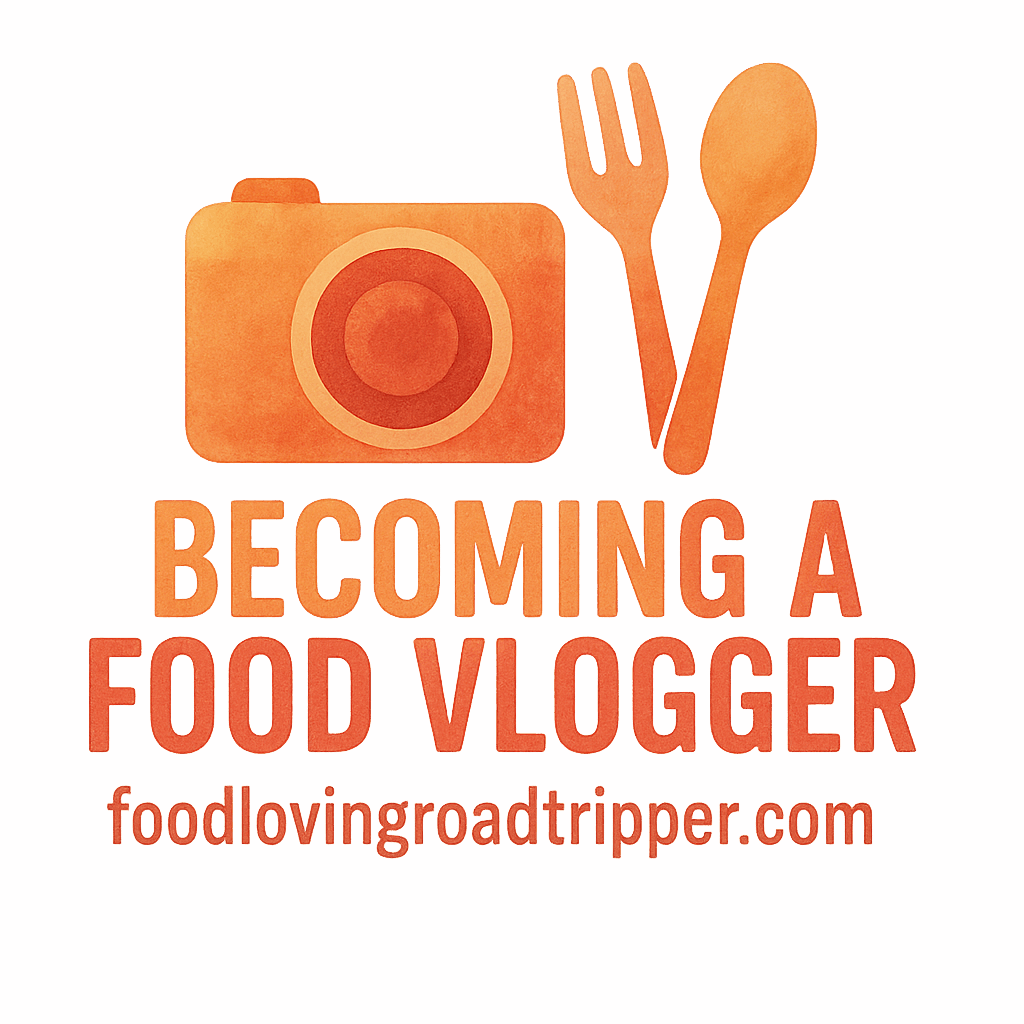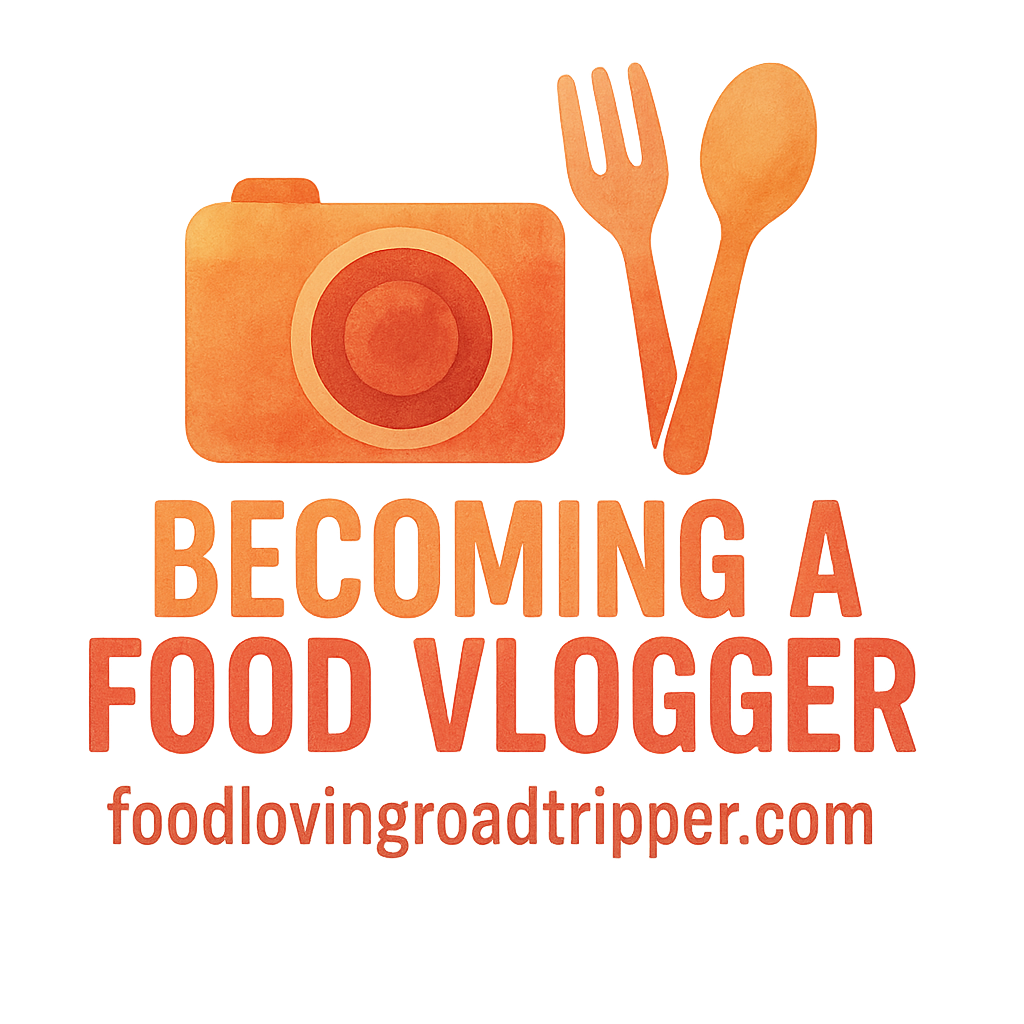Introduction:
So, you’ve decided to become a food vlogger and share your delicious culinary creations with the world? Great choice! But here’s the deal: to truly make your mark and earn money, you need to understand YouTube’s monetization system. In this comprehensive guide, we’ll walk you through 9 essential rules for monetizing your food vlogging channel so you can start earning from your content. Whether you’re just starting or are a seasoned vlogger, these tips will help you optimize your YouTube strategy and grow your brand.
What is YouTube Monetization?
YouTube monetization refers to earning money through ads, sponsorships, and other revenue-generating methods provided by YouTube. Once you enable monetization on your channel, YouTube places ads on your videos, and you earn money based on how many viewers interact with those ads. As a food vlogger, this means you can get paid for every person who watches your recipe videos or cooking tutorials.
For more about creating engaging content, check out Content Creation.
How Does YouTube Monetization Work?
Monetization allows creators to earn income through different revenue streams, including:
- Ad Revenue: YouTube places ads before, during, or after your videos.
- Super Chats and Stickers: Donations from fans during live streams.
- Channel Memberships: Offer exclusive perks for paid members of your channel.
- YouTube Premium: Revenue earned from YouTube Premium subscribers who watch your content.
To start making money, you’ll need to meet certain eligibility requirements set by YouTube, such as having 1,000 subscribers and 4,000 hours of watch time. You can learn more about how to optimize your YouTube strategy with tools in our Equipment and Tools Guide.
Why Monetize Your Food Vlogging Channel?
Monetizing your food vlog is not just about earning revenue; it can also help you grow your brand and unlock new opportunities.
Passive Income Potential
Once you meet YouTube’s monetization requirements, your content can generate money even when you’re not actively creating. This can lead to passive income, allowing you to focus on creating content without worrying about day-to-day earnings. Explore more strategies for earning on YouTube in our article about Monetization.
Building Your Brand
Monetization signals to your audience that you’re a serious creator. This can enhance your brand’s credibility, attract sponsorships, and increase audience loyalty. Learn more about growing your brand with our Growth Marketing tips.
YouTube Monetization Rules You Need to Follow
To be successful in YouTube monetization, it’s essential to follow the rules set by the platform. Here are the 9 key YouTube monetization rules that food vloggers should keep in mind:
Rule #1 – 1,000 Subscribers and 4,000 Watch Hours
Before you can begin monetizing your videos, you need to meet YouTube’s eligibility requirements: at least 1,000 subscribers and 4,000 hours of watch time within the last 12 months. Achieving this milestone might take time, but consistent video uploads and engaging with your audience can help you reach these numbers faster.
To enhance your channel’s visibility and growth, read about Getting Started with YouTube.
Rule #2 – Follow YouTube’s Community Guidelines
YouTube has a set of community guidelines that creators must follow. Violating these rules can lead to your videos being demonetized, or worse, your channel being terminated. For food vloggers, this means no offensive content, hate speech, or violence. Stay on the safe side by creating content that adheres to YouTube’s Community Guidelines.
Rule #3 – Don’t Use Copyrighted Material
Copyright violations can lead to videos being removed or demonetized. Be cautious when using music, videos, or images that belong to other creators. Stick to royalty-free music or make use of YouTube’s free audio library. You can also look into getting licenses for the content you want to use. Read our guide on Editing and Creating Content to learn how to avoid these pitfalls.

Rule #4 – Ad-Friendly Content
YouTube prefers videos that are family-friendly and inoffensive to advertisers. If your content is deemed not advertiser-friendly, you may miss out on ad revenue. Focus on creating high-quality, positive food content that showcases your personality without offending potential advertisers. For more tips on content creation, head over to our Food Vlogger Tips.
Rule #5 – YouTube Partner Program (YPP) Approval
Once you’ve met the minimum requirements, you can apply to be a part of the YouTube Partner Program. YouTube will review your channel to ensure you adhere to its guidelines and policies. If approved, you’ll gain access to monetization features like ad revenue. Learn more about long-term strategies for building your audience and revenue.
Rule #6 – Enable Ads for Your Videos
Once you’re part of YPP, you can enable different types of ads for your videos. YouTube offers various ad formats, including display ads, skippable video ads, and non-skippable ads. More ads = more chances to earn, so consider using multiple formats for maximum revenue. Learn how to optimize your earnings in our Monetization Strategy article.
Rule #7 – Keep Your Content Safe from Copyright Strikes
Three copyright strikes and your channel could be terminated. Always double-check the material in your videos to ensure you’re not violating anyone’s intellectual property. This applies to music, videos, and even food recipes that you didn’t create yourself. Learn how to protect your content with our Content Protection tips.
Rule #8 – Transparency with Sponsorships
As a food vlogger, you may enter into sponsorship deals with brands. When you do, always disclose these partnerships to your audience. Transparency not only keeps you compliant with YouTube’s policies but also builds trust with your viewers. For more about sponsorships, read our Growth and Sponsorship guide.
Rule #9 – Stay Consistent with Your Content
Consistency is vital for growing your YouTube channel. If you want to continue to earn money, you need to upload videos regularly to keep your audience engaged. Create a posting schedule that works for you and stick to it. Get tips on how to maintain a consistent posting routine in our Habits for Growth.
How to Maximize Earnings as a Food Vlogger
Now that you know the essential rules, let’s explore how to boost your earnings as a food vlogger.
Create High-Quality, Engaging Content
Content quality is everything. Focus on creating high-resolution videos with clear instructions, engaging storytelling, and stunning visuals that highlight your cooking skills. Great content encourages viewers to watch your videos in full, increasing your ad revenue.
Check out our Video Creation Tools for equipment suggestions to enhance your production quality.
Explore Other Revenue Streams (Patreon, Merch)
Don’t put all your eggs in one basket. In addition to YouTube ads, consider using platforms like Patreon to offer exclusive content to your fans. You can also sell food-themed merchandise like aprons or cookbooks to diversify your income streams. Explore more on diversifying income through Merchandise and Patreon.
Key Takeaways
Monetizing your food vlogging channel on YouTube is an exciting journey, but it’s essential to follow the rules. By meeting the YouTube Partner Program requirements, adhering to content guidelines, and staying consistent, you can start earning money and building a successful food vlogging career. Keep these 9 monetization rules in mind to avoid common pitfalls and maximize your potential earnings.
Frequently Asked Questions (FAQs)
1. How long does it take to get monetized on YouTube?
It can take anywhere from a few months to a year to meet the 1,000 subscribers and 4,000 watch hours requirement, depending on your content’s popularity. Read our Growth Marketing tips to speed up the process.
2. Do I need a large following to start monetizing?
Not necessarily. While YouTube requires 1,000 subscribers and 4,000 watch hours for the Partner Program, other income options like sponsorships and affiliate marketing can start earlier. Check our Monetization page for more ideas.
3. Can I use copyrighted music in my food vlogs?
No, unless you have permission or purchase a license. Always ensure you’re using royalty-free music or YouTube’s free audio library.
4. What are the requirements for YouTube’s Partner Program?
You need at least 1,000 subscribers, 4,000 watch hours, and compliance with YouTube’s policies.
5. How much can I earn as a food vlogger on YouTube?
Earnings depend on various factors, such as video views, engagement, and ad formats. Food vloggers typically earn between $1 to $5 per 1,000 views.
6. Can I monetize my food vlog with brand sponsorships?
Yes, sponsorships can be a lucrative source of income for food vloggers. Be transparent with your audience about these partnerships.
7. What should I do if my video gets demonetized?
If your video is demonetized, review YouTube’s content guidelines and appeal the decision if necessary. You can also get advice on how to fix this issue in our Content Creation guide.


